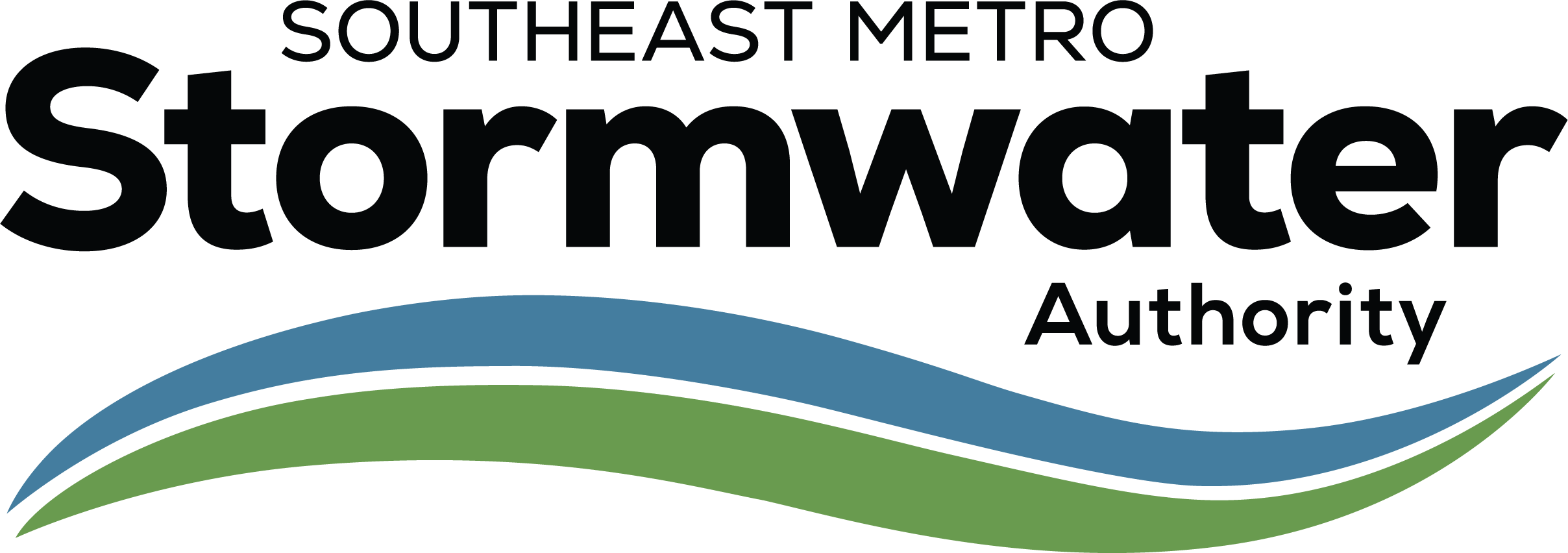Real Estate Professionals
Questions & Answers About Flood Insurance For Real Estate Professionals
Your client may be required to purchase flood insurance. Homeowners insurance policies do not cover flooding. If the house is in a designated Special Flood Hazard Area, federally regulated or insured lenders must, by law, require flood insurance as a condition for the loan.
Even if your client is not required by law to buy flood insurance, you should recommend it. A home does not need to be near water to be damaged by a flood. Floods are caused by storms, melting snow, tornados, water backup due to overloaded drainage systems, broken water mains, and new construction.
It is not just high-risk areas that are flooded. On average, 25-30 percent of all flood insurance claims come from medium or low-risk flood areas. Relying on Federal disaster assistance is not the answer. Federal disaster assistance is only available if the President declares a state of disaster. Even then, disaster assistance is often a loan that must be repaid with interest, in addition to mortgages, other loans, and credit card debts. Advise your client that flood insurance pays even if a disaster is not declared.
Anyone in a community that participates in the National Flood Insurance Program (NFIP) can purchase building and/or contents coverage, with a few exceptions. Buildings principally below ground or entirely over water are not eligible for NFIP flood insurance. Both the City of Centennial and unincorporated Arapahoe County participate in the NFIP.
Your client can purchase NFIP flood insurance from private insurance companies and independent insurance agents. In fact, your client may be able to purchase it with a credit card. Currently, there are approximately 90 insurance companies that sell NFIP insurance coverage, as well as nearly 60,000 independent agents.
If the mortgage company requires flood insurance as a condition of the loan, the lender may escrow flood insurance premiums, making it easy to ensure that your client will not be caught without flood insurance when a flood threatens his or her home.
Flood insurance premiums vary, depending on the date the building was constructed and the degree of the area’s risk for flooding. To get a quote, your clients can contact their insurance agent. If they do not have an agent, you can contact the NFIP for a referral at 1-888- 435-6637 or visit Floodsmart for information on obtaining Flood Insurance.
Now! There is a 30-day waiting period for flood insurance coverage to become effective. If flood insurance is purchased in connection with a mortgage loan, there is no waiting period.
These are the areas with the highest risk for flooding, shown on Flood Insurance Rate Maps as Zones A or V. Over a 30-year mortgage, homes in these zones have a 26-percent chance of being flooded.
Lenders will notify borrowers if flood insurance is required as a condition of the mortgage loan (National Flood Insurance Reform Act of 1994).
Check with SEMSWA or visit www.floodsmart.gov to evaluate your flood risk. Copies of flood hazard maps can be downloaded at http://msc.fema.gov.
Yes. Colorado has a disclosure laws for real estate professionals that address all natural hazards, including flood.
